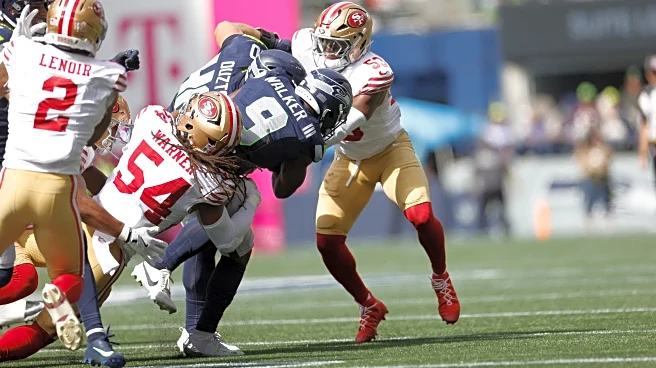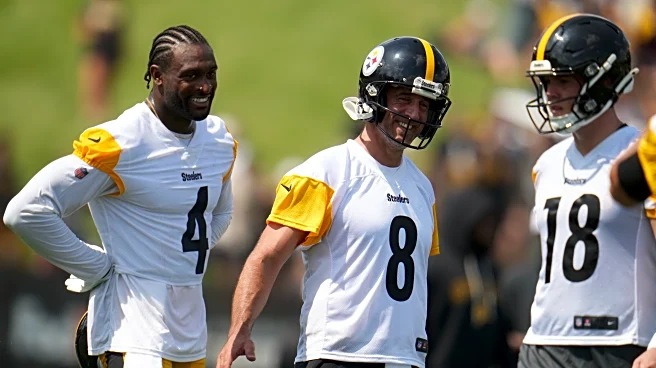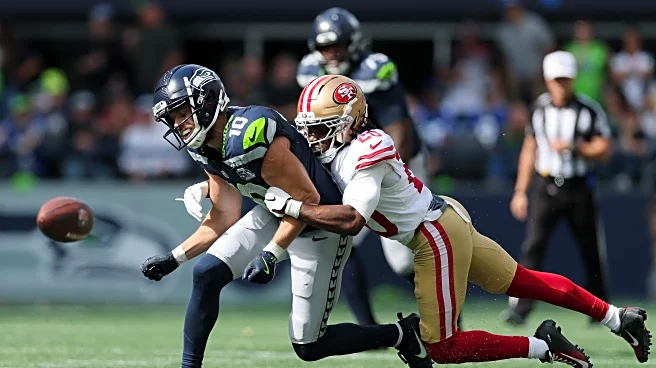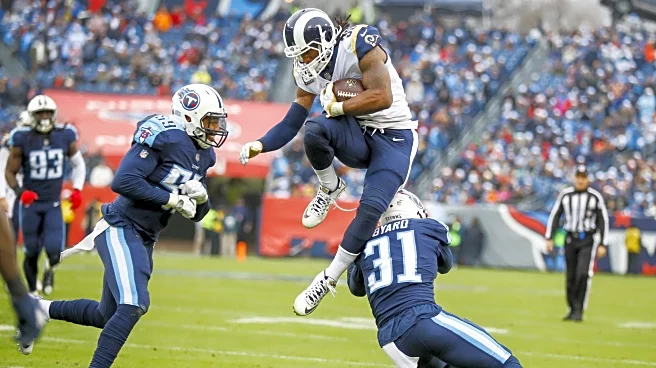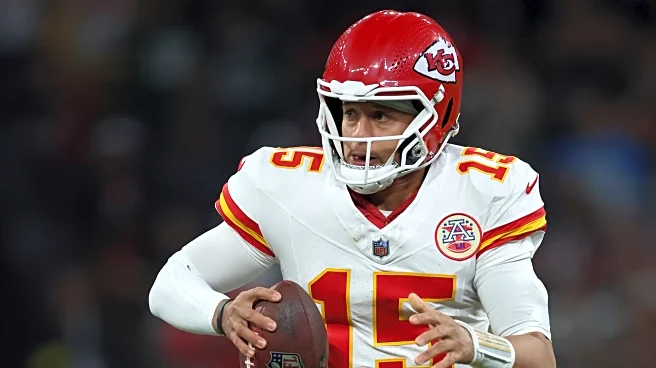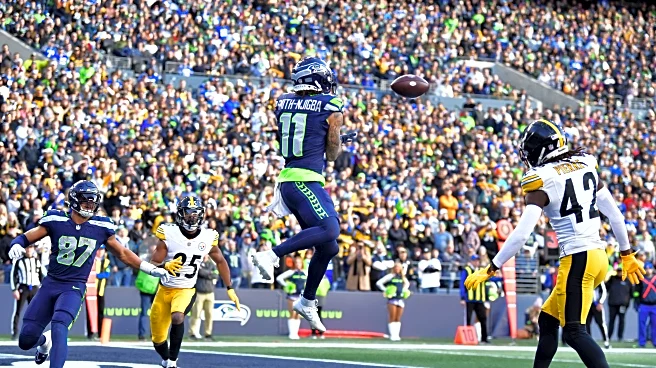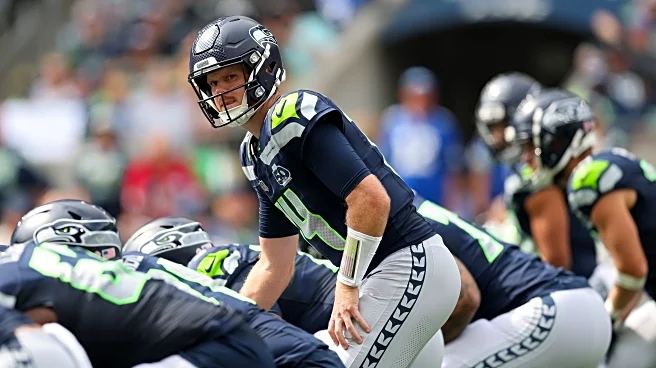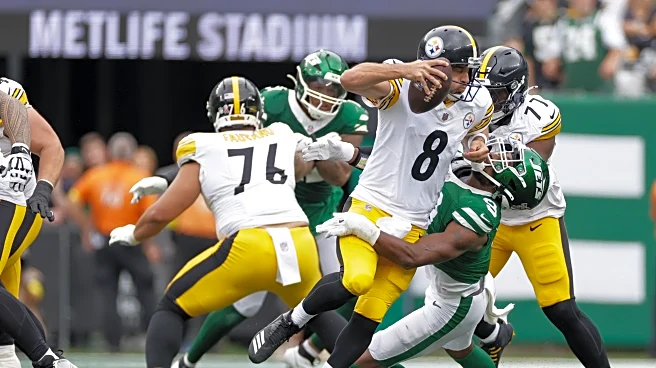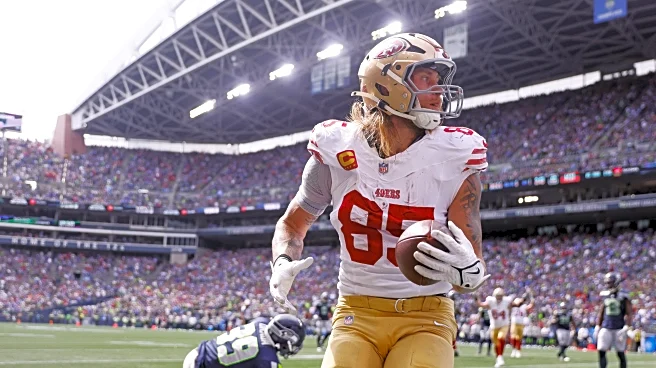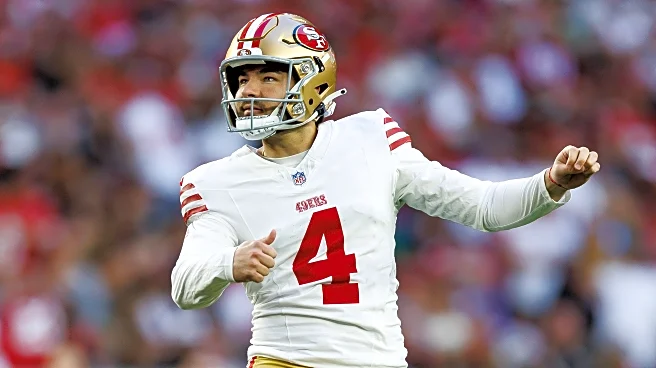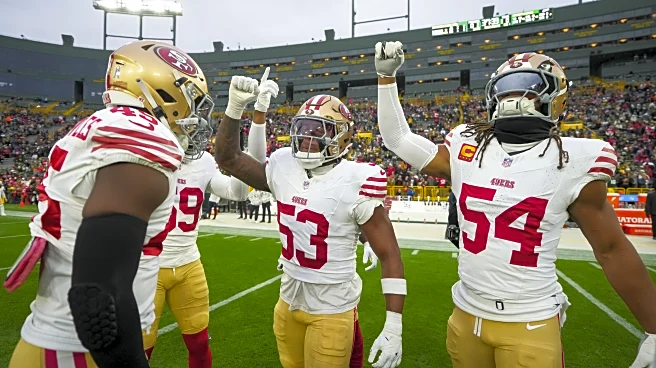The Seattle Seahawks entered Week 1 against the San Francisco 49ers with optimism surrounding a new offensive system under coordinator Klint Kubiak. Instead, the season opener exposed an immediate concern: Seattle’s inability to establish the run. Seattle’s backs were routinely met in the backfield, finishing with one of the least efficient rushing performances of the opening weekend.
To examine what went wrong, I sat down with Coach DC from All 22 Films, a coach and analyst who has built a strong
following for his detailed NFL tape study on YouTube. His perspective helped uncover both schematic and executional issues that left Seattle unable to generate consistency on the ground.
Our discussion began with the numbers before turning to the film itself. Using the All-22 angle, Coach DC walked through several plays where San Francisco’s defensive line anticipated Seattle’s blocking concepts and controlled the line of scrimmage. Missed assignments and minimal push from the offensive line compounded the issue, leaving the Seahawks without rhythm in the rushing attack. One play he believed summed up Seattle’s woes generating a rushing attack was the play before Sam Darnold’s fateful strip-sack fumble. Kenneth Walker received the ball on a 1st and 5, gaining just a yard after being tackled by Nick Bosa (who’d have a much bigger, game-sealing role on his next snap).

“The play that sticks out to me a little bit as far as things not being ready for prime time yet, even though it’s week one, is the play before the strip sack,” Coach DC said.
“The motion across by Walker, I think puts him almost a full step, maybe even more than a yard slow. And as a consequence, [Nick] Bosa is able to close down. And you’re asking me about the run game. So, you know, week one, sometimes you have small issues to iron out. Any time you’ve got motion attached to the guy who’s getting the ball, whether it’s a jet sweep, a fast sweep, toss, whatever, there is some risk there of timing. And that play to me is one that I think kind of illustrates that; the timing will get better. Number one, or they’ll stop motioning the guy who’s going to get the ball, in this case, Kenneth Walker. But I think I’m more on the side of crediting the 49ers defense.”

“Walker is slow here. And I don’t mean he is personally slow but just the mesh here. Couple of things: What’s the threat for Bosa? I mean, Darnold keeping it out here? Not much. But you need something to hold or deal with Bosa. What some teams have done recently or in other situations is motion a receiver down to try to cut him off and dig him out. You can’t do that because Walker’s in motion, right? So, the design of the play is somewhat limiting in my opinion, but I still really like it.
“They’re trying to hit it downhill here. And I think you’ve got what you want from this offensive line. Looks a pretty good wall to me, right? It’s a gap scheme. So, you’re getting the counter kick by the guard and then the F or tight end, whatever people want to call him, working up. But I think Walker’s slow here getting to the mesh. I just think it’s taking too damn long. And as a result, Bosa is able to close down.

“And I get it. Some people will say you’re reading into it too much. Bosa can close down because Darnold’s no threat to keep it. Well, that’s a factor, too, you know, but I think that I think that Walker is a little slow here and there is the possibility if he if he’s a little bit quicker on this that he clears Bosa and and now we’re in business to see what happens.”
(The quoted part of this article starts at about 5:20 and includes film at the 13:19 mark.)
Another key theme was the absence of offensive balance. Seattle rarely leaned on play-action or boot action to keep the 49ers front guessing. Without forcing linebackers or safeties to hesitate, San Francisco was able to play downhill and attack gaps aggressively, eliminating rushing lanes before they developed. The lack of complementary calls made the offense increasingly predictable and easier to defend.
Looking ahead, we turned the conversation toward Week 2 and another difficult matchup against the Pittsburgh Steelers. Coach DC emphasized the importance of adjusting the approach against edge rushers T.J. Watt and Alex Highsmith. One solution he pointed to was leaning on counter runs to use the Steelers’ aggressiveness against them. He also highlighted the need to involve tight ends more in the passing game — both to give quarterback Sam Darnold quick outlets and to prevent Pittsburgh’s front from dictating the pace of play.
For Seahawks fans searching for answers after Week 1, this breakdown offers clarity. Seattle’s offense has work to do, but with targeted adjustments, the path forward is clear: diversify the attack, lean on play-action, and use scheme to neutralize elite defensive fronts.
